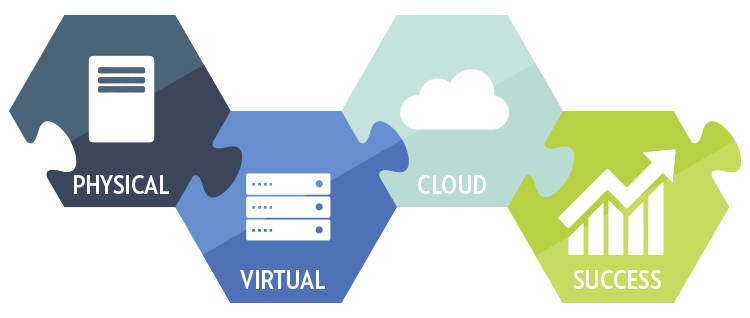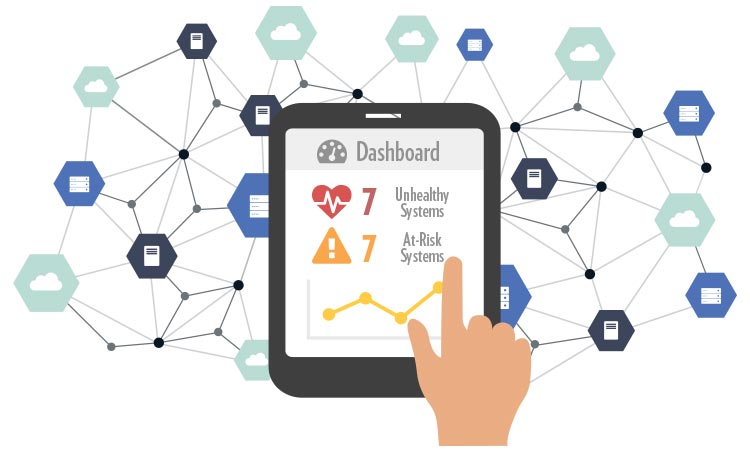IT infrastructure is complex today. On-prem. Off-prem. Virtualization. The cloud.
It’s up to IT to build this infrastructure, then distribute resources from its many miscellaneous parts to various services in the most efficient way possible.
With so many different environments to track—many of them walled off from one another in data silos—service issues can be difficult to diagnose and anticipate. And it’s altogether too easy for IT infrastructure to get fragmented—and difficult to manage.

The data that defines your performance is coming from a wider and wider range of disparate sources. But your IT managers need a “big picture” view of system capacity, not a cluster of siloed views and tools limited to single environments.
1. Consolidate Performance Data Across Hybrid IT Infrastructure
The right capacity management tool will help you consolidate performance data across your infrastructure and create a single view of your environments.
This makes a huge difference when it comes to determining the overall health of your systems and services. Plus, you’ll be able to monitor each environment in real time as information flows between stacks.
Whether you're doing VM performance monitoring or checking on public cloud performance, you need visibility in the same place, with uniform metrics.

With better visibility into how resources are being distributed among machines—and cloud settings—in your environment, you’ll be better able to protect against overprovisioning. And you’ll still maintain service-level agreements.
Tools that look across environments allow IT managers to be confident in the stability of the service they provide.
See How Real-Life IT Organizations Do Capacity Management
Financial Giant Cuts Costs & Finds Simplicity in Data
2. Reallocate IT Resources to Improve IT Efficiency
Allocate your IT resources across environments for maximum effect and minimal cost with the right capacity planning tools. You should be able to see what resources your infrastructure is currently using, and the software should make recommendations for ways to improve IT efficiency. For example, as organizations move to public cloud, they often pay for way more capacity than they actually need. Capacity management software can help you identify places where workloads can be refactored, thus needing less cloud space.
3. Stay on Top of Your IT Health and Risk
Regardless of the technology in your stack or the vendor that supplied it, you can get at-a-glance views of current IT health and automatic notification of any future risk posed to your services.
- Standardize on a single tool and process across your enterprise
- Connect IT staff across silos for improved collaboration
- Compare the cost of cloud services with in-house IT
- Accurately right-size cloud instances
- Break out of siloed IT views and understand how the allocation of resources from physical, virtualized, and cloud-based environments affects overall service quality
- Allocate the optimal amount of resources to each VM
- Find and eliminate unused VMs
Analyze operating systems, hypervisors, databases, networks, storage systems, and more from many different vendors, including:

Plus, use data you are already collecting with tools sold by vendors like these:

Monitor Your IT Infrastructure Like a Pro
Manage and monitor your entire IT infrastructure--hybrid cloud, VMs, physical, and even containers--with the monitoring capabilities of Vityl Capacity Management. Find out how you can automatically monitor your infrastructure and optimize performance today. Try Vityl Capacity Management free for 30 days.
